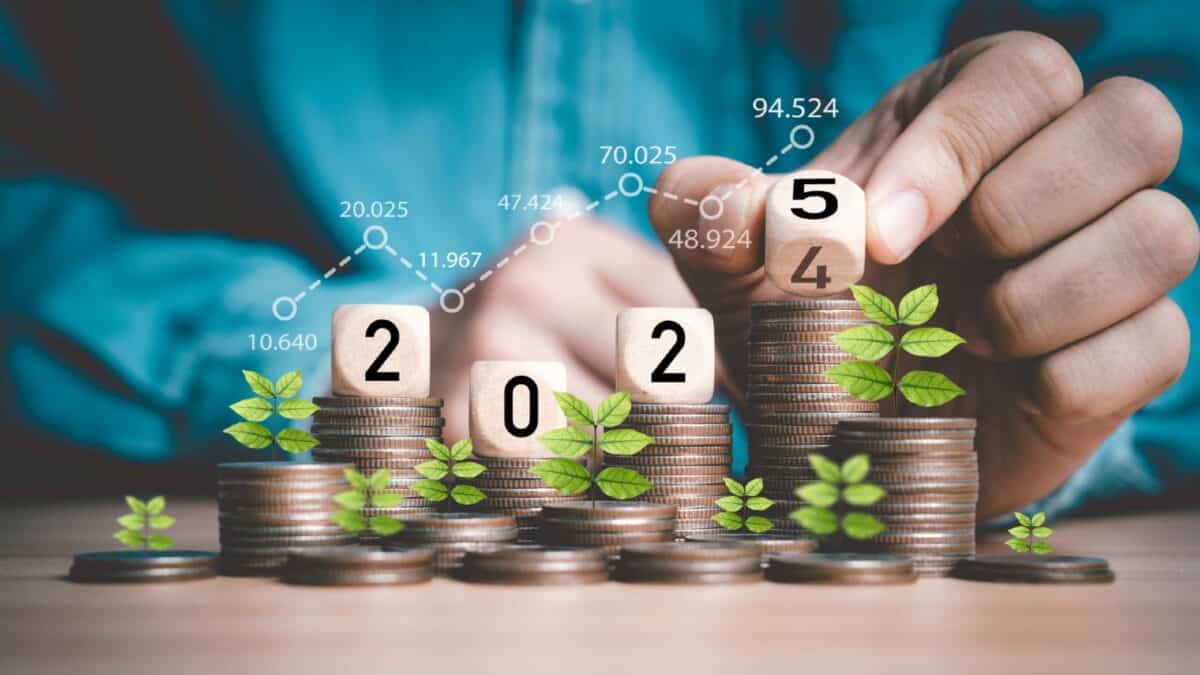Elon Musk, Tesla chief executive, said that a factory shutdown in China and severe supply chain pressures would put a further brake on the electric carmaker’s headlong growth in the current quarter.
However, he stuck to bullish predictions for 2022 as a whole on Wednesday, while claiming that a new, purpose-built robotaxi without a steering wheel or pedals would reach production in 2024 and become a “massive driver of growth” for the company.
The comments came as Tesla revealed that it had withstood the worst of the auto industry’s supply chain crisis to generate revenue and earnings above most Wall Street forecasts in the first quarter. The news lifted the company’s shares about 5 per cent in after-market trading, erasing a loss of the same magnitude earlier in the day.
Tesla said that a continuing shortage of chips and constraints caused by Covid-19 restrictions had hit production and left it with long waiting lists for new cars, some stretching into next year.
Tesla’s Shanghai plant was closed under local rules for a number of days in March, and Musk said that with the plant only now starting to pick up production again, the carmaker’s second-quarter production was likely to be “roughly on par” with the preceding period. That would mark the second quarter in a row of stalled production growth, after an 83 per cent leap in vehicle volumes last year.
However, the Tesla chief predicted that a rapid acceleration at new plants in Berlin and Austin would enable the company to overcome bottlenecks and make “over 1.5mn cars this year”, a higher figure than most analysts have been expecting.
Tesla has put off production of new vehicles such as its cybertruck until next year in the hope that focusing on existing models would enable it to scale up more quickly at new plants. Musk’s promise of a robotaxi for 2024 added to the spate of vehicles waiting to go into production, some of which are years behind schedule.
The timing will also depend on whether Tesla can overcome persistent problems in developing its self-driving software, though Musk has predicted it will finally achieve a breakthrough by the end of this year.
Meanwhile, Musk conceded that increases in Tesla’s prices at a time when its profits are hitting records risked looking “unreasonable”. But he said that long waiting lists meant many of the cars being sold would face higher production costs. “This is our best guess,” he said.
Tesla’s revenue in the latest quarter more than doubled from a year before to $18.7bn, or about $1bn more than most analysts’ forecasts, as year-over-year volumes jumped, helping increase some prices to offset higher supply costs. Pro forma earnings of $3.22 were up more than three-fold and topped estimates of $2.26.
The results were boosted by $679mn from sales of regulatory credits, more than double the preceding three months. Tesla receives credits from some governments for producing more zero-emission vehicles than it is required to under local regulations, and can sell these to other carmakers that produce too few. It has warned that sales of credits will fluctuate widely and eventually decline.
Even without the credit sales, Tesla managed to lift the gross margin from its automotive operations — the best measure of its underlying auto business — to 30 per cent for the first time, up from 29.3 per cent in the final quarter of last year.
Credit: Source link














